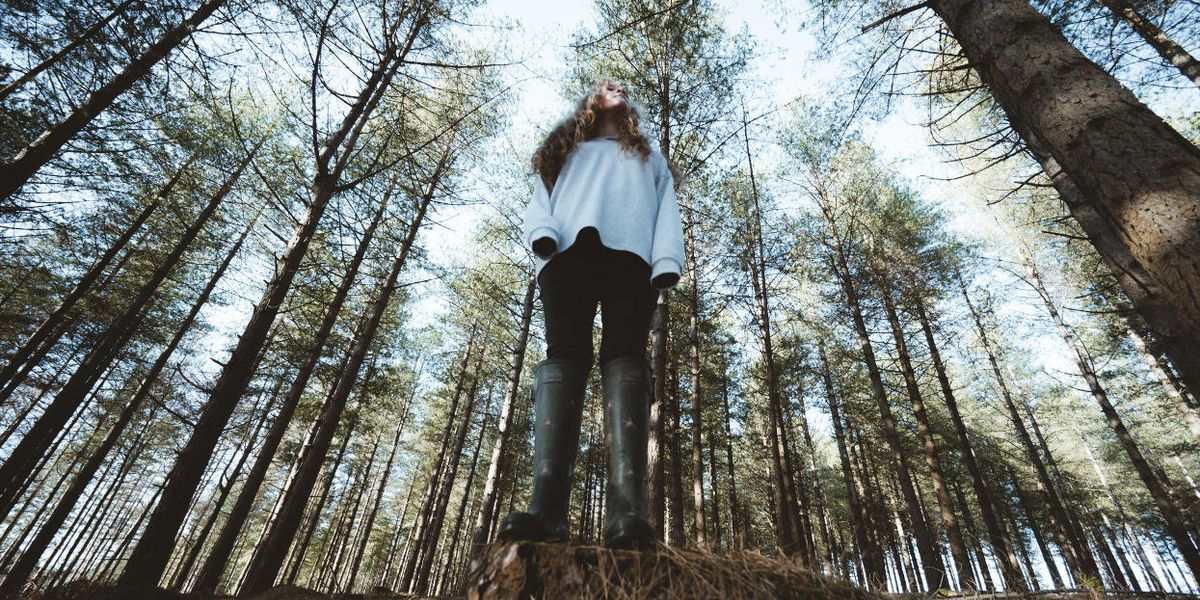
Editorial: Keep the community
As COVID-19 upends life across the country, the natural world offers lessons in remaining resilient and emerging stronger
Venture in any forest—from your city park to swaths of protected old growth—and you will see trees both big and small, young and old, and of different species all standing together.
Trees support one another—sharing nutrients through root systems, allowing for space within the canopy for others to reach some sun, sending "scent messages" out to other trees when pests are gnawing on bark.
"A tree is not a forest," writes Peter Wohlleben, in his best-selling 2015 book, The Hidden Life of Trees.This is a simple but important point: trees understand that together they create a strong ecosystem that can withstand upheaval in the form of storms, heat and pests.
Alone, a single tree stands no chance; the power, value and resilience lie in the group.
As a nation, and world, currently battling a mysterious virus targeting the most vulnerable among us, we'd be best served to take this lesson of community from trees. They've been here a lot longer than we have.
The three-pronged crisis — the virus itself, the lack of communication and response, and the panic — has fomented ugly breakdowns in community. Price gouging. Xenophobia. Hoarding of supplies. Ignoring of warnings, leading to people gathering in large groups to drink, eat, and socialize.
We cannot control the virus but we can control our reaction. We can remain communities.
A large percentage of us can weather this without much discomfort. There will be burdens and interruptions, but we have the financial means and health to get through this.
But every community is full of those who cannot. Grandparents who raised us and sacrificed for us, who are now alone. Disabled people who, even in good times, face challenges in getting groceries. People with pre-existing health conditions for whom this virus could be a tipping point.
"Even sick individuals are supported and nourished until they recover," Wohlleben writes of tree communities. "Next time, perhaps it will be the other way around and the supporting tree might be the one in need of assistance."
It is incumbent on us to use this moment to make sure food and necessities are available for all of us. There has been no indication that the food supply chain or water resources will be impacted, so to unnecessarily hoard is to hurt your neighbor.
We need to check on those who are alone and probably scared. Maybe it's time for a phone or video call instead of a text, or a good time as any to start playing an online game with Grandma.
The bars and restaurants can wait. Even if you're healthy, your gathering puts others in danger and prolongs the crisis. Why not instead go take a hike? Or just figure out what kind of tree that is in your front yard.
On a broader scale, this crisis should make plain that the notion of borders is meaningless to the natural world.
Viruses don't care about the political lines we draw on a map.
It's not "us" and "them." It's a global community.
And to rise to the challenge it is time to look to the trees and plants—putting aside our individualistic urges and selfishness and asking ourselves how we can contribute to the buoying of our local, regional and global community.
In Wohlleben's early days as a forester, he would kill some trees by removing a strip of bark, depriving it of necessary sugars. This is supposed to cause roots to starve as the transportation system is broken.
However, he found many of these trees still grew. Some trees even grew bark back.
"I know now that this was only possible with the help of intact neighboring trees," he writes.
Many of our neighbors will be stricken with physical and mental pain over the coming weeks and months.
Let's take a lesson from the forests and act selflessly so our neighbors, like the girdled trees, can emerge stronger and lift our community.
Have an uplifting story of community amid the COVID-19 crisis that you'd like to share? Write our senior editor Brian Bienkowski at bbienkowski@ehn.org.













